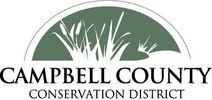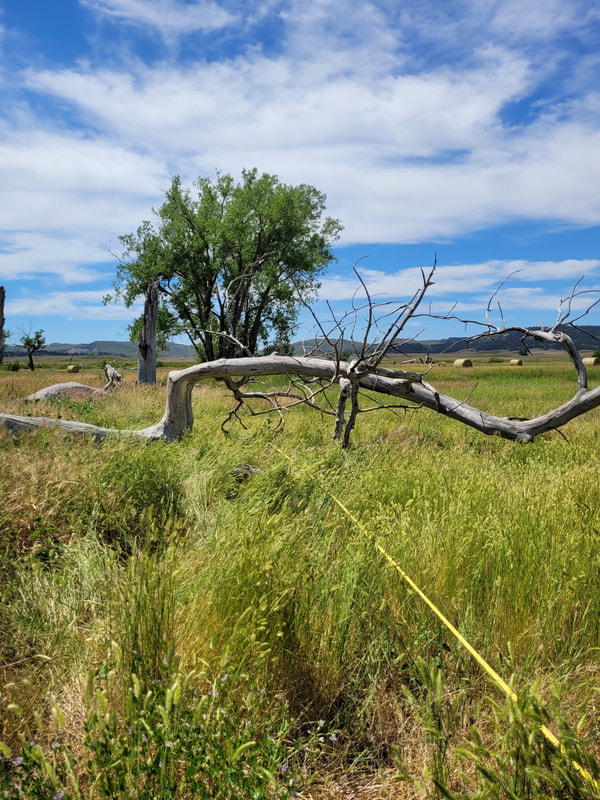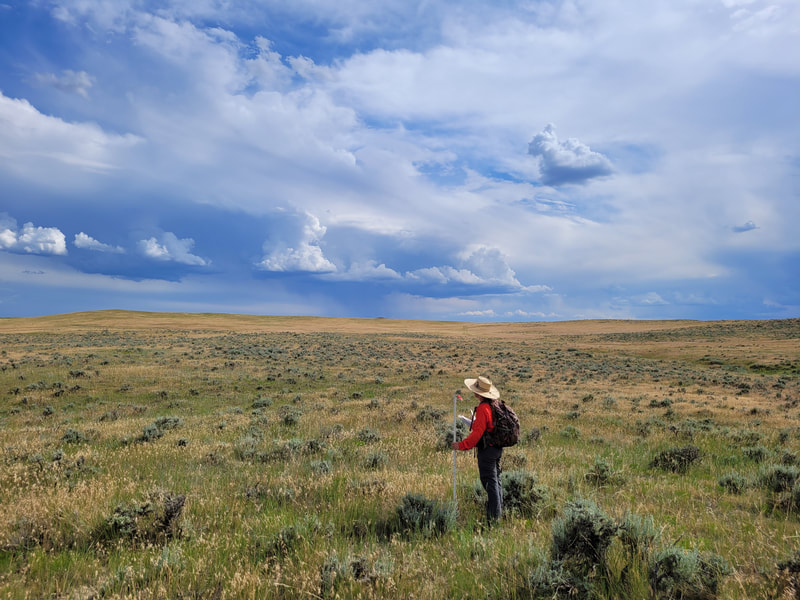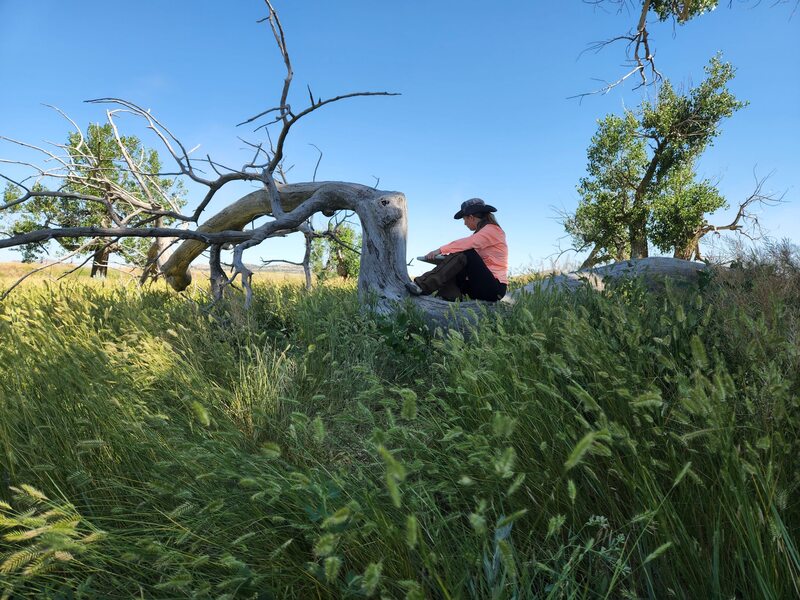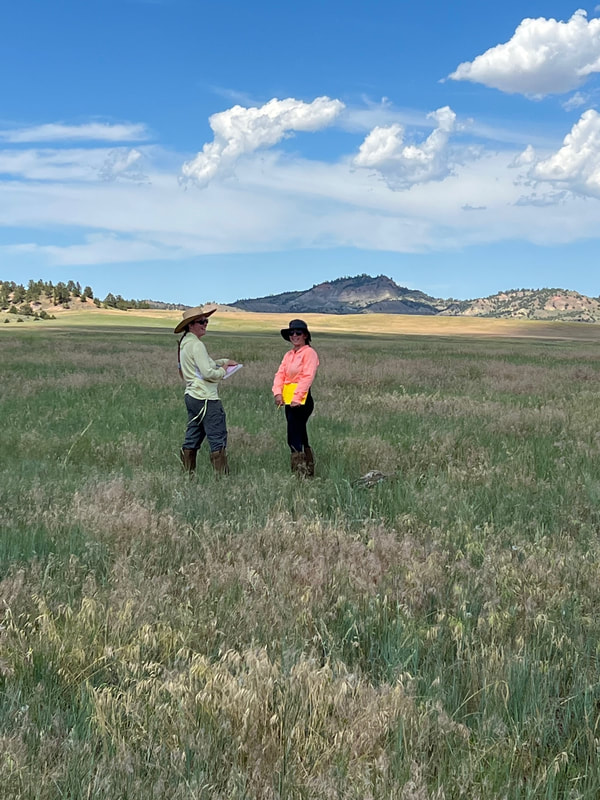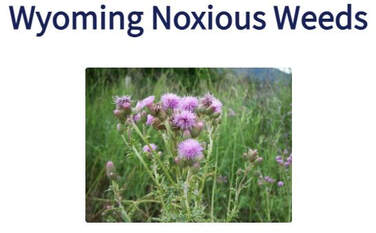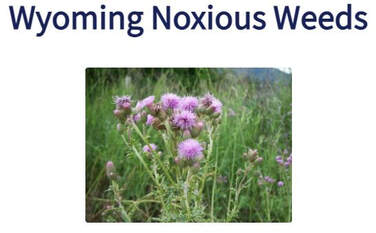|
Snapshots from CCCD's Rangeland Health Assessment Program (RHAP) field work hitch in July 2022.
|
The majority of rangelands within Campbell County fall within Major Land Resource Area (MLRA) 58B, Northern Rolling High Plains, Southern Part.
Soils in this area are dominantly Aridisols and Entisols, ranging from shallow to very deep, well-drained, and loamy or clayey. This MLRA supports grassland vegetation, with dominant species including rhizomatous wheatgrasses, green needlegrass, needleandthread, blue grama, bluebunch wheatgrass, Indian ricegrass, basin wildrye, shrubs, and big sagebrush. Invasive annual grasses have begun taking advantage of recent fire events within the county to grow rapidly. Common species are cheatgrass, Japanese Brome, and ventenata. Overgrowth of these species have the potential to shift the native grass community and cause issues for producers grazing their cattle on the rangeland, as these plants are not as palatable to grazing animals. Property owners within Campbell County who suspect they have these species on their land should contact their local Weed & Pest Department to discuss control solutions. |
|
Wyoming Weed and Pest Council has developed a Handbook for identifying the noxious/invasive weeds commonly found throughout the state of Wyoming.
**Click on the Image to the Left to View the Complete Handbook** The students at Lakeville Nature Center sent us a link to an additional informational blog about common noxious weed species found throughout the state of Wyoming. **Click on the Image to the Left to View the Blog** Thank you to these Young Conservationists! |
